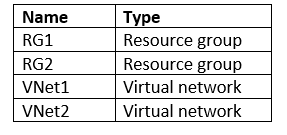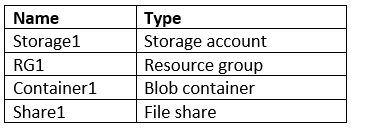Microsoft Azure Architect Technologies
Here you have the best Microsoft AZ-300 practice exam questions
- You have 241 total questions to study from
- Each page has 5 questions, making a total of 49 pages
- You can navigate through the pages using the buttons at the bottom
- This questions were last updated on November 25, 2024

